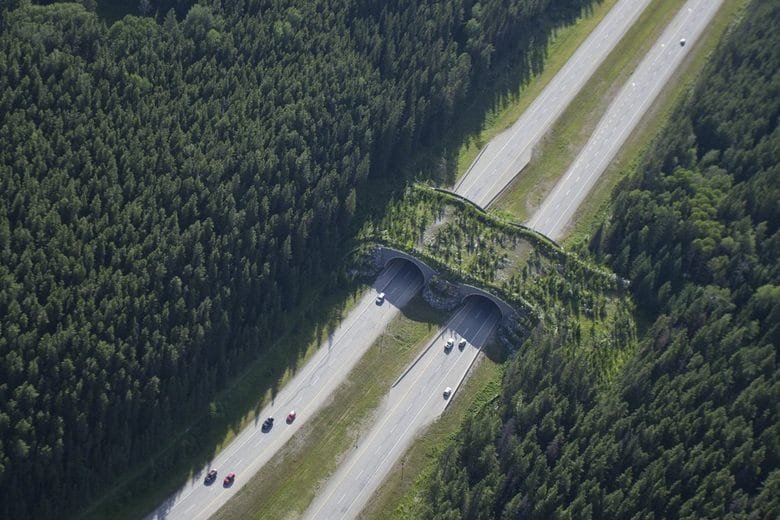Protecting Quintana Roo’s Wildlife: The Need for Wildlife Crossings on Highway 307
A strategic wildlife conservation project is underway in Quintana Roo, aimed at protecting its diverse fauna, including endangered species. The project is particularly focused on the area along federal highway 307, which stretches between Cancun and Tulum. The initiative is led by the State Government under Mara Lezama Espinosa.
Óscar Rébora, the head of the Ministry of Ecology and Environment (SEMA), revealed that the project includes the construction of 21 wildlife crossings. These designs aim to facilitate safe passage for various species, including arboreal mammals like monkeys and terrestrial animals such as jaguars and pumas.
The crossings consist of 15 elevated platforms, 2 canopy bridges, and 4 subterranean crossings running under the highway. These structures are designed to maintain habitat connectivity and reduce wildlife-vehicle collisions. Skyrocking development up and down the corridor from Cancun to Belize has caused a sharp increase in the number of wildlife deaths on the highway, causing great concern for conservationists and the general public alike.

A Collaborative Effort: Government and Conservationists Unite
Since March 2023, SEMA has been working on this strategic project in collaboration with the Ministry of Finance and Planning (SEFIPLAN), the Institute of Biodiversity and Protected Natural Areas (IBANQROO), the Ministry of Public Works (SEOP), and the El Edén Ecological Reserve A.C.. SEFIPLAN has set up a Trust to support conservation programs and projects in Quintana Roo.
Gino Segura, Senator for Quintana Roo, stated that the main objective of this fund is to provide the necessary resources to transform the State’s roads and highways into environmentally friendly infrastructures. Segura also mentioned that an initial budget of 15 million pesos has been allocated for the first phase, with construction set to begin in the fourth quarter of 2024.
Specialists have reported sightings of various species in the stretch between Cancun and Tulum, including the Xcacel-Xcacelito area and the Yum Balam and Sian Kaan Biological Corridor. These sightings include ocellated turkeys, jaguarundi, ocelots, tigrillos, jaguars, pumas, spider monkeys, striped skunks, anteaters, striped spiny iguanas, porcupines, white-tailed deer, and collared peccaries, among others.

From Jaguars to Turtles: Safeguarding Quintana Roo’s Biodiversity
The project is particularly significant as it will affect an internationally recognized Ramsar wetland, crucial for sea turtle spawning and a vital mating area for jaguars. The Ramsar Site designation refers to a wetland area that has been recognized for its international importance under the Ramsar Convention, a global treaty focused on the conservation and sustainable use of wetlands.
While renders of the specific plans are not yet available, similar structures in the region provide insight into their potential design. For instance, the Nuevo Xcan–Playa del Carmen highway incorporates wildlife underpasses and canopy bridges, which have been effective in allowing species like jaguars and other mammals to cross safely.

The Tren Maya project, projected to include 545 wildlife crossings to protect the Yucatán Peninsula’s protected fauna has fallen under intense scrutiny from environmentalists and animal activists after a plan was revealed to relocate and in some cases eradicate local fauna deemed to be “pests” or potentially dangerous.
Senator Segura and the State Government has expressed their commitment to the New Agreement for the Well-Being and Development of Quintana Roo, promoting development that is orderly, sustainable, and focused on preserving the environment and biodiversity of the state.
Discover more from Riviera Maya News & Events
Subscribe to get the latest posts sent to your email.

